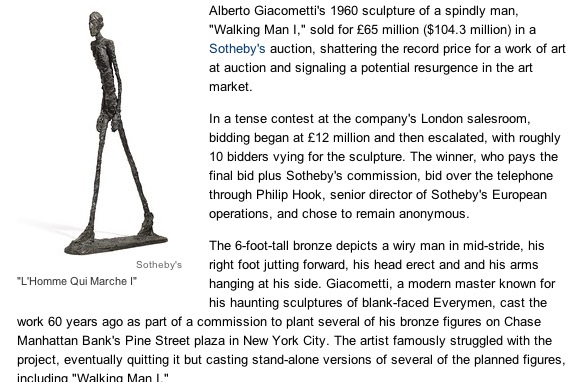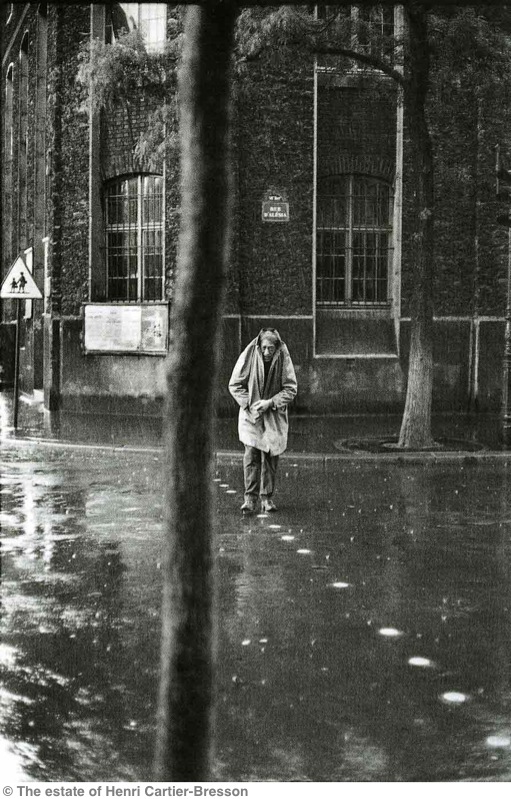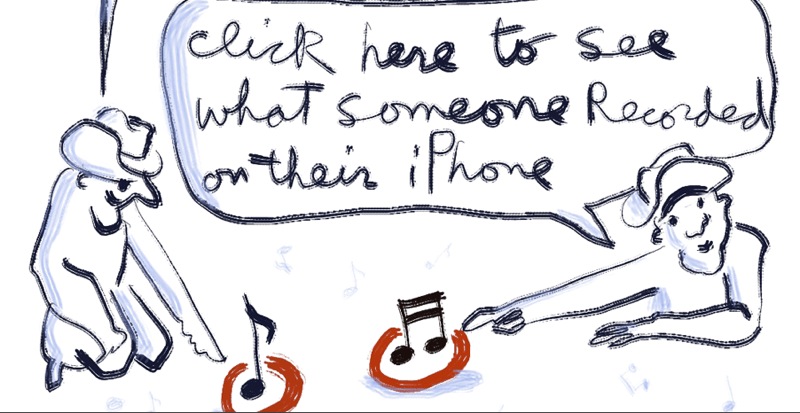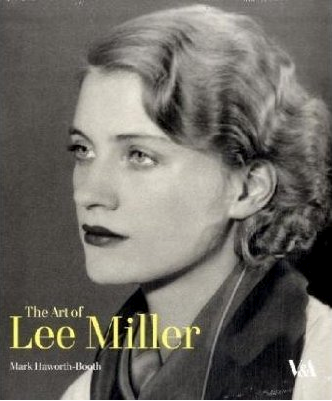A fine English photographer.
Roy Hammans wrote an interesting piece for this blog some thirty months ago on his experiences with Lightroom. Shortly after that I made the move from Aperture to Lightroom, a decision I have never had cause to regret.
What I have learned in the intervening period is that Roy is a fine photographer whose Ash Clippings site regularly showcases his work. It’s unfair to typecast any photographer by saying he or she is a ‘street shooter’ or a ‘landscape expert’ or so on, but I doubt Roy would mind if I pigeonholed him as a fine English photographer because so much of his work features the subtle beauty of England’s countryside, lovingly rendered, whether it be as close as his garden or a Hardy landscape on a grand scale.
What’s most striking about his work is not just the fine eye and technical perfection, it’s also his grasp of a large range of techniques from plate cameras and litho prints to the latest in digital and fish eye gear. If you were to ask me what of Roy’s work speaks to me most it would have to be his Hull Series, as I think of it. Here, he has photographed the hulls of old boats in dry dock, on Mersey Island in Essex, in various stages of discoloration and disrepair and the results are simply an abstract dream. Here’s one of many examples – click the picture for more:

They beauty of abstract work is that the viewer can see whatever his imagination is equal to and this one is so clearly a map of the eastern United States it might as well be the real thing. Suffice it to say that if you like Mark Rothko you will love these.
Roy’s fine eye proves what I have always said – you don’t have to travel to find great subjects. Case in point, look at this lovely, gentle image of a pair of courgettes …. picked from his garden. That guy who did all those peppers would be proud.
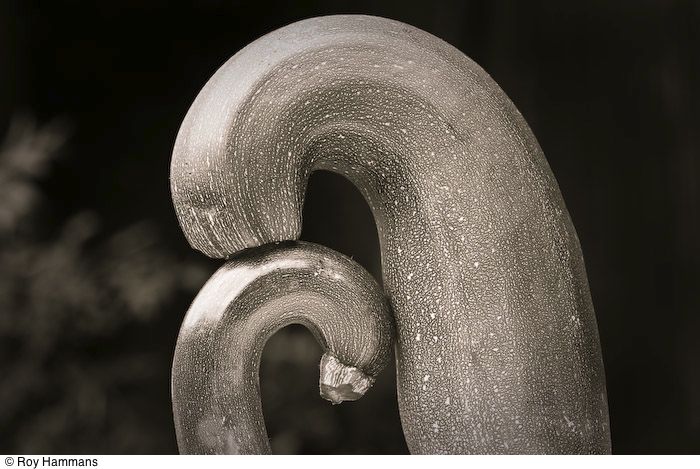
Roy’s love of the sculpture of Henry Moore is clear in this beautiful photograph, perfectly lit, composed and rendered.
Again, click the picture for more.
But I started this piece by saying that Roy is a fine English photographer and few pictures could better explain what I mean than this charming, seemingly simple, composition taken in an English garden.
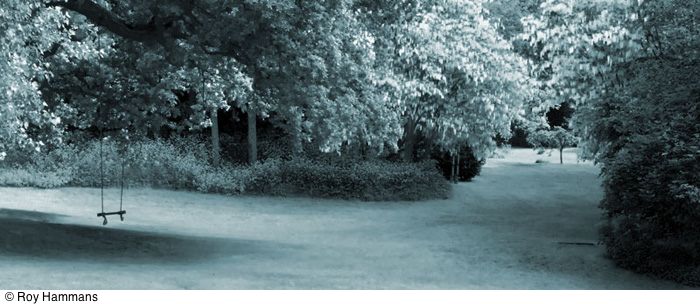
For me there are allusions to that great park scene in ‘Blow Up’, the scent of the English countryside and the sound and feel of a light breeze before the rain.
Be sure to stop by either Roy’s Ash Clippings photo site or his Weeping Ash site where he writes with the benefit of great experience and knowledge about photography and photographers. And if you want to die of envy, check out Roy’s purpose built darkroom/lightroom.
